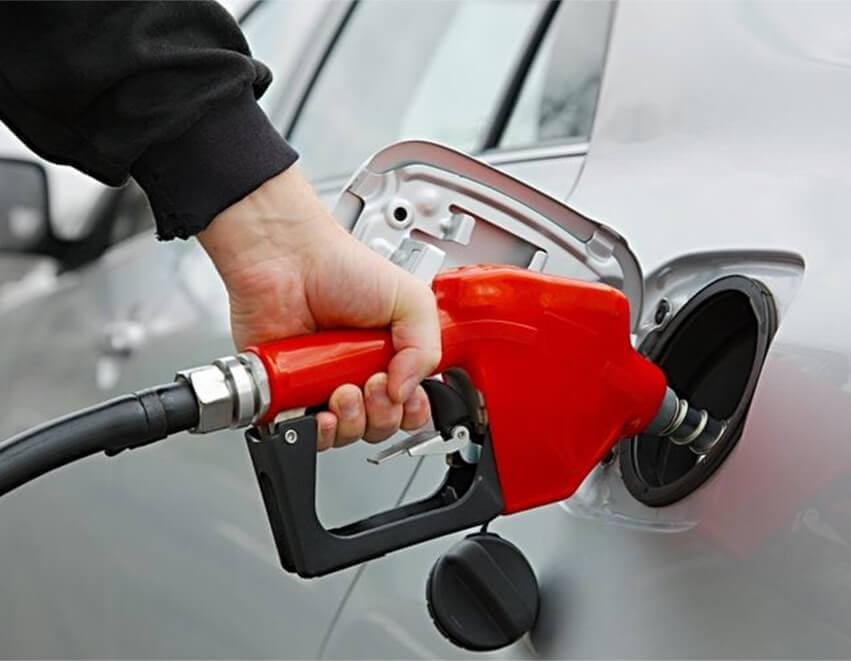Hydraulic couplers are essential for connecting hydraulic lines, but safety measures are crucial. Learn safety tips, the importance of compatible components, and troubleshooting measures.
Hydraulic couplers are critical components for connecting and disconnecting hydraulic lines.
However, it’s important to note that proper safety measures are essential to prevent accidents and ensure efficient operation.
To learn more about hydraulic coupler safety precautions, read on about their safety tips, the importance of compatible components, and troubleshooting measures for hydraulic system failures.
A hydraulic coupler is used to quickly and securely connect and disconnect hydraulic lines without leakage.
It facilitates fluid transfer in hydraulic systems, enabling efficient operation of machinery and equipment.
Couplers ensure seamless integration of various hydraulic components, enhancing system versatility and functionality.
Before connecting hydraulic couplers, inspect them for any signs of wear, damage, or contamination.
Ensure seals are intact and fittings are secure to prevent leaks during operation.
Always wear appropriate PPE, such as gloves and safety glasses, when handling hydraulic couplers.
This protects against potential hydraulic fluid leaks or splashes, which can cause skin irritation or eye injuries.
Before disconnecting hydraulic couplers, relieve pressure from the system to prevent sudden releases of hydraulic fluid.
Follow manufacturer guidelines for safe depressurization procedures.
Ensure that hydraulic couplers are securely fastened and supported during operation to prevent accidental disconnection or damage to the coupler and surrounding components.
Using compatible hydraulic couplers, fittings, and hoses is crucial to prevent leaks and ensure system integrity.
Incompatible components can lead to poor sealing, pressure loss, and potential system failures.
Ensure that hydraulic components, including couplers, match the system’s pressure ratings.
Using couplers with inadequate pressure ratings can result in equipment damage or hydraulic fluid leaks.
Follow manufacturer recommendations for selecting and installing hydraulic components.
This includes using recommended lubricants, sealants, and maintenance practices to optimize system performance and longevity.
If you notice hydraulic fluid leaks around couplers or fittings, identify the source and address the issue promptly.
Replace damaged seals or fittings to prevent further leakage and potential environmental hazards.
Regularly monitor hydraulic system performance, including temperature, pressure, and fluid levels.
Sudden changes or abnormalities can indicate potential issues with couplers or other components that require immediate attention.
Implement a proactive inspection and maintenance schedule for hydraulic couplers and components.
This includes cleaning couplers, checking for wear, and replacing seals or fittings as needed to prevent unexpected failures.
Safety is paramount when using hydraulic couplers to ensure the reliability and longevity of hydraulic systems.
By following proper safety protocols, using compatible components, and implementing proactive maintenance practices, operators can minimize risks, enhance equipment performance, and prolong the lifespan of hydraulic systems.
Furthermore, it’s crucial to assess the right hydraulic coupler manufacturer to ensure optimal quality and safety in various applications and industries.




